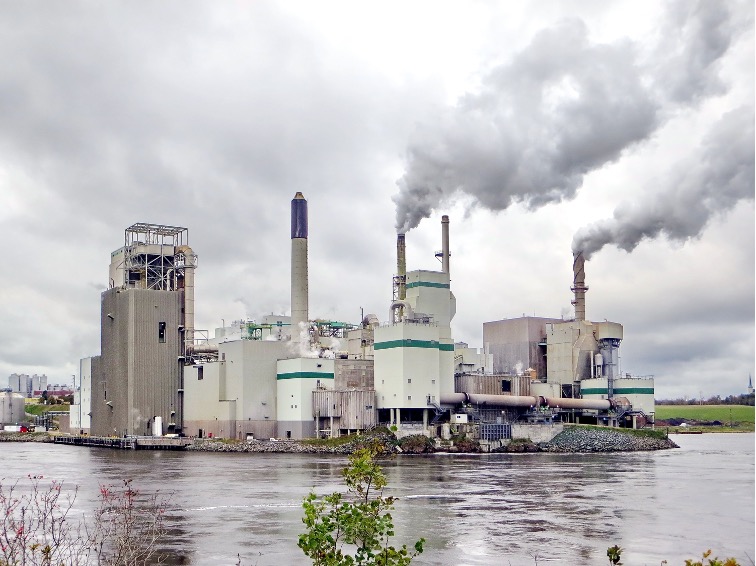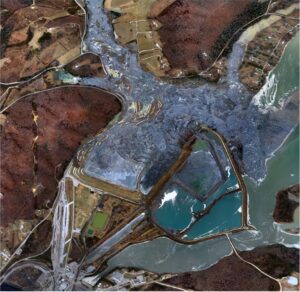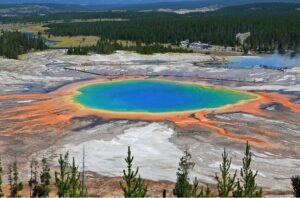
Figure 1: Industries that burn fossil fuels to produce energy also release harmful greenhouse gases, which can trap heat in our atmosphere for anywhere from a few years to thousands of years.
Source: Photo courtesy of ETA+ on Unsplash
Powering our planet comes at a deadly cost. To generate heat and electricity for our homes, industrial facilities burn fossil fuels that release greenhouse gases like carbon dioxide and methane into the atmosphere. These gases contribute to climate change by trapping heat and increasing global temperatures. And their impact matters: as of 2019, the intensity of greenhouse gases’ warming effect on our planet has increased by 45 percent compared to 1990 (Dahlman, 2020).
One way to protect the earth from greenhouse gases is to reduce our carbon emissions by investing in cleaner energy like wind and water. But greenhouse gas emissions continue to increase despite efforts to lower them, and the world currently emits about 50 billion tons of carbon dioxide gas every year (Johnson, 2019).
Scientists are looking for ways other than reducing emissions to curb the effects of climate change. One alternative, called carbon recovery, involves breaking down greenhouse gases before they have the chance to enter the atmosphere, and recycling their components to form useful chemical building blocks. In early blueprints of carbon recovery, carbon dioxide is absorbed and then extracted at high temperatures to be stored in an underground rock layer. This technique requires large storage spaces to contain the carbon dioxide gas, as well as constant monitoring of the area to ensure that the gas remains stable. Since solid carbon takes up much less space than carbon dioxide gas and is easier to monitor, researchers are developing systems to store recovered carbon as a solid instead of a gas (Fukuhara et al., 2021).
In a recent study, researchers developed a system to capture carbon dioxide and methane gas, store some of it as solid carbon, and convert the rest into hydrogen gas and carbon monoxide: two chemical building blocks that don’t contribute to global warming. The system makes use of a process called dry reforming of methane, where carbon-containing methane molecules are broken down and reformed into a gas mixture of hydrogen and carbon monoxide (Seo, 2018). Dry reforming of methane also produces solid carbon, which can be collected and stored as the process occurs. The researchers used nickel as a catalyst to speed up the reforming reaction, allowing the scientists to continuously recover more and more carbon from greenhouse gases.
After testing their system, the researchers found that at a temperature of 450 degrees Celsius, their carbon capturing system was able to recover 20.3% of the solid carbon from their original starting materials of carbon dioxide and methane (Fukuhara et al., 2021). Earlier systems that used dry reforming of methane were only able to recover about 3%. These results suggest that converting greenhouse gases to solid carbon and useful gases like hydrogen might be a better way to go to keep global temperatures in check.
By some estimates, in order to prevent major climate disasters, we need to remove 10 billion tons of carbon dioxide gas from our atmosphere every year until 2050. Carbon recovery systems like the one just mentioned have the potential to take care of 30% of those necessary reductions (Johnson, 2019). According to the research, dry reforming of methane stores recovered carbon in a stable form while also creating renewable gases as byproducts, making it a viable version of carbon recovery. Fine-tuning this process to make it more cost-effective could allow us to power up big cities while also protecting the environment.
References
Dahlman, L. (2020). Climate Change: Annual greenhouse gas index. Retrieved from https://www.climate.gov/news-features/understanding-climate/climate-change-annual-greenhouse-gas-index
Fukuhara, C., Matsui, Y., Tanebayashi, M., & Watanabe, R. (2021). A novel catalytic reaction system capturing solid carbon from greenhouse gas, combined with dry reforming of methane. Chemical Engineering Journal Advances, 5, 100057. doi:10.1016/j.ceja.2020.100057
Johnson, J. (2019). Capturing carbon: Can it save us? Retrieved from https://cen.acs.org/environment/greenhouse-gases/Capturing-carbon-save-us/97/i8
Seo, H. (2018). Recent Scientific Progress on Developing Supported Ni Catalysts for Dry (CO2) Reforming of Methane. Catalysts, 8(3), 110. doi:10.3390/catal8030110
Related Posts
Geopolymer Cement: Upscaling Industrial Waste into Sustainable Alternatives to Portland Cement
Figure 1: Aerial view of the 1.1 billion gallons of...
Read MoreContradicting the Disparity Between Primate and Avian Brains
Figure 1: A Northwestern Crow near Whittier, Alaska. Corvids, along...
Read MoreThermophilic Life in Yellowstone National Park Challenges the Physical and Chemical Limits of Survival
Cover Image: Grand Prismatic Spring in Yellowstone National Park (Source:...
Read MoreAdithi Ramakrishnan



